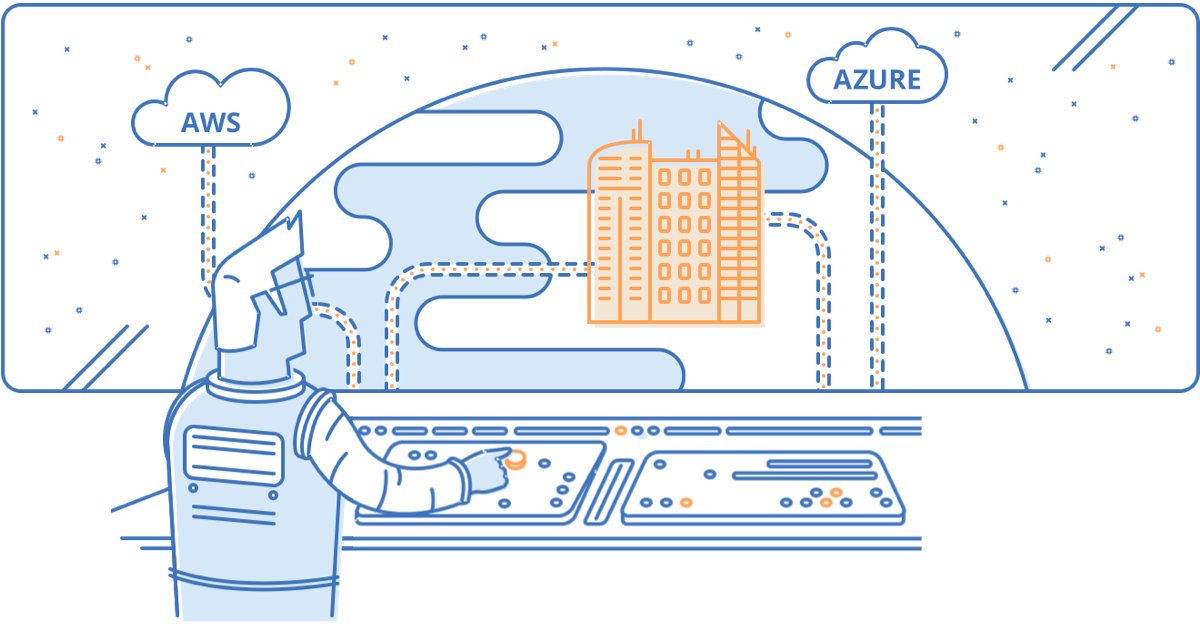 CLOUD
CLOUD
 CLOUD
CLOUD
 CLOUD
CLOUD
Software container infrastructure specialist Gravitational Inc. reckons its latest update released today will make it easier to deploy multiple Kubernetes clusters across numerous cloud and on-premises computing environments.
Kubernetes is one of the most popular tools for managing software containers, which are used to build applications that can run on any kind of computing platform without alterations. The concept is popular with developers and enterprises alike because it helps to reduce cloud provider lock-in, enabling them to run their apps where it’s most convenient to do so.
Gravitational caters to this demand by selling a packaging tool called “Gravity” that’s used to simplify the deployment of Kubernetes clusters in the cloud or on-premises. Users simply take a snapshot of their Kubernetes cluster, which includes all of the applications and their dependencies running inside it. Gravity then packages this snapshot into a single file for installation inside any restricted computing platform, safe in the knowledge that it meets customer’s security requirements.
Gravity makes this possible by configuring the software to incorporate some of the “operational best practices” derived from years of experience at some of Kubernetes’ biggest users. Without a tool such as Gravity, the startup said, companies need to configure Kubernetes, secure access, monitor, log, upgrade and patch the software manually, which involves many hours of work.
But before today’s update, Gravity only allowed companies to package one snapshot-based deployment at a time, which still rapidly increased deployment pace, but limited users to managing only one single cluster, or application code, at a time, Gravitational officials said.
With the update, it becomes possible to package multiple Kubernetes apps at once, and deploy these onto any kind of infrastructure, including public and private clouds and on-premises systems.
The obvious benefit is that users can deploy more Kubernetes-based apps to different information technology environments faster and manage these deployments remotely using a consistent interface. Gravity also enables Kubernetes apps to be downloaded as portable app packages that come with a built-in installer. That means they can easily be deployed within so-called “air-gapped” environments that aren’t connected to the internet.
“We know the everyday frustrations that most developer teams experience when operating Kubernetes, but we’re also aware of the power it can harness when managed correctly,” said Ev Kontsevoy, Gravitational’s co-founder and chief executive officer. “Our hope in refining Gravity is to allow developers to move their complex applications freely, not being chained to a single cloud provider and to encourage continued innovation in the Kubernetes space overall.”
Support our open free content by sharing and engaging with our content and community.
Where Technology Leaders Connect, Share Intelligence & Create Opportunities
SiliconANGLE Media is a recognized leader in digital media innovation serving innovative audiences and brands, bringing together cutting-edge technology, influential content, strategic insights and real-time audience engagement. As the parent company of SiliconANGLE, theCUBE Network, theCUBE Research, CUBE365, theCUBE AI and theCUBE SuperStudios — such as those established in Silicon Valley and the New York Stock Exchange (NYSE) — SiliconANGLE Media operates at the intersection of media, technology, and AI. .
Founded by tech visionaries John Furrier and Dave Vellante, SiliconANGLE Media has built a powerful ecosystem of industry-leading digital media brands, with a reach of 15+ million elite tech professionals. The company’s new, proprietary theCUBE AI Video cloud is breaking ground in audience interaction, leveraging theCUBEai.com neural network to help technology companies make data-driven decisions and stay at the forefront of industry conversations.